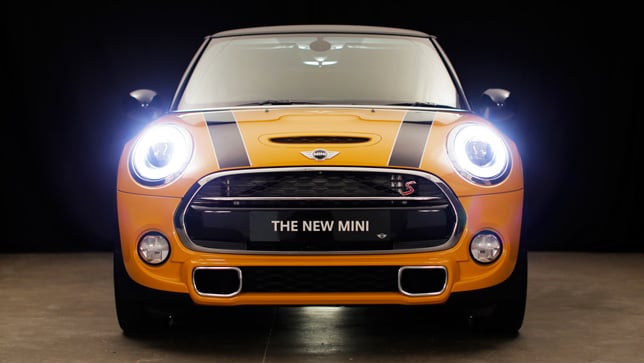Growing a "giant artificial reef" could stop Venice sinking
Dezeen and MINI Frontiers: in the second part of our interview with Rachel Armstrong, the senior University of Greenwich lecturer explains how a synthetic "limestone-like" support structure could be grown underneath Venice to prevent the city's foundations being eroded.
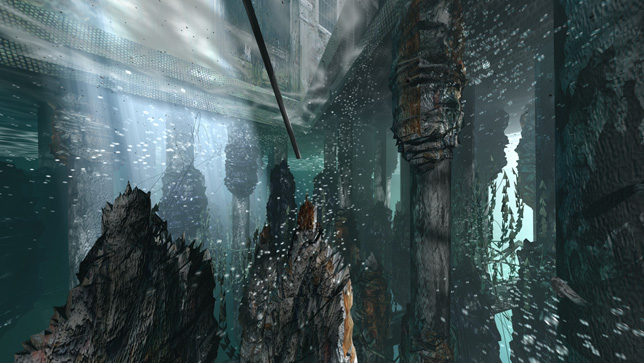
"The future of Venice really rests on its relationship with the tides," Armstrong explains. "They digest away the fabric of the city. The idea is to create a giant artificial limestone-like reef. This would spread the point load of the city over a much broader base."
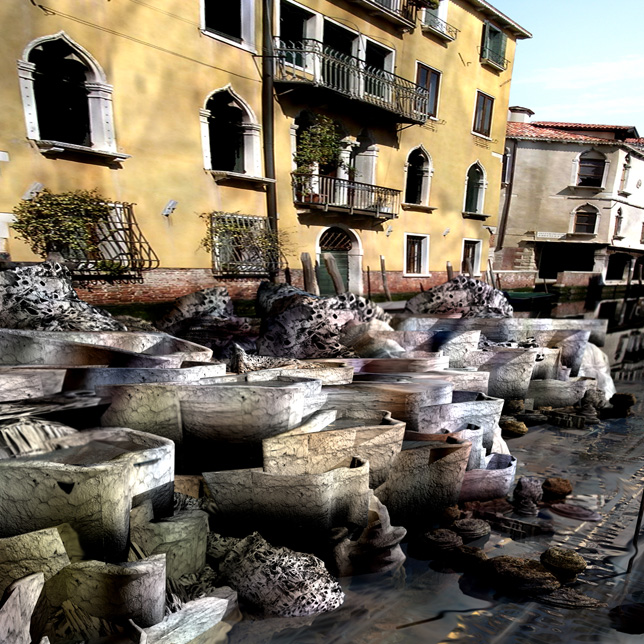
Armstrong says such a structure could be grown using protocell technology, an emerging field of synthetic biology, in which cocktails of non-living chemicals are combined to exhibit the properties of living organisms.
"What I mean by 'protocell' is a group of chemistries that have a very, very simple metabolism," Armstrong explains. "This allows them to perform as if they were alive."
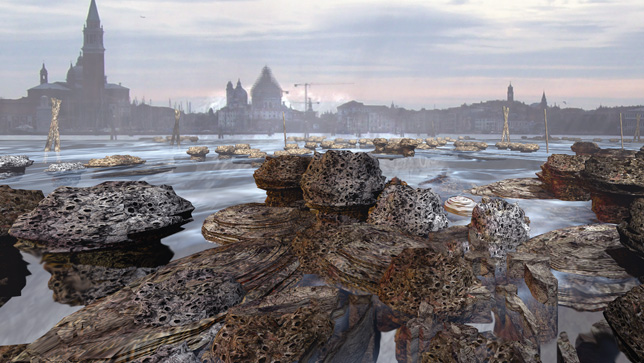
The protocells Armstrong proposes releasing into the Venetian Lagoon, which she has researched as part of a project called Future Venice, would have two metabolisms.
They would be photophobic, so that they move towards the dark foundations of the city and, once there, would react with minerals in the water to accrete the limestone-like material, reinforcing the wood piles the city stands on.
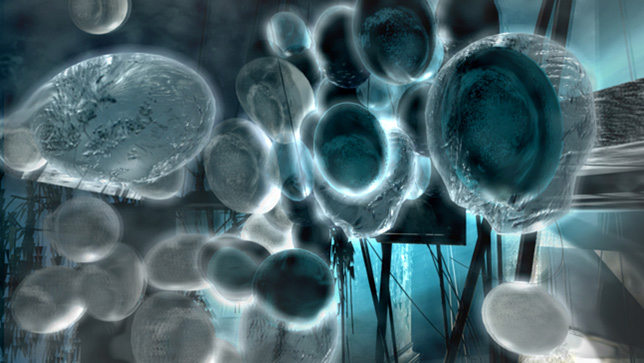
"The photophobic metabolism of the protocells works by light breaking chemical bonds, which propels the body forward," Armstrong explains. "These protocells would move into the foundations and gradually mineral shells would accrete."
She continues: "It's a different way that we could use technology – one that confers inert materials with some of the properties of living things. [Venice] could engage itself in a struggle for survival against the destructive impact of the elements in which it is situated."
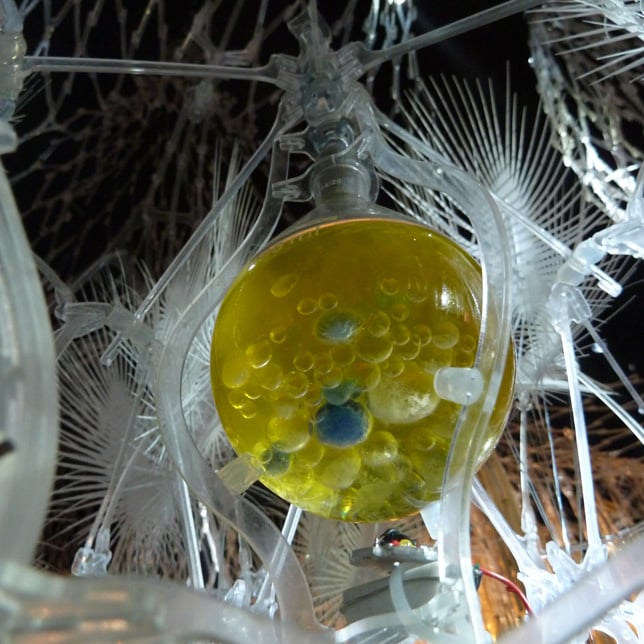
Armstrong got the idea for the Future Venice project after working with architect Philip Beesley on his Hylozoic Ground installation at the 2010 Venice Architecture Biennale, in which protocells were used to create tiny mineral sculptures within a series of glass vials.
"The Future Venice project was an investigation of how [the Hylozoic Ground protocells] could be realised within the lagoon environment of Venice," Armstrong says. "These are prototype tests, it is not a formal technology. But we could see something within 10 to 20 years if this is something that the city of Venice wants."
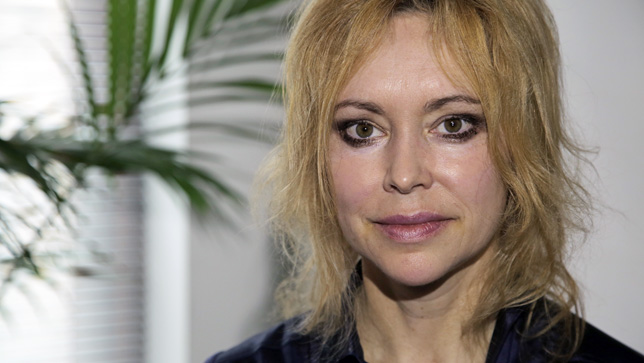
The music featured in the movie is a track called Everything Everywhere Once Was by UK producer 800xL. You can listen to more original music on Dezeen Music Project.
Dezeen and MINI Frontiers is a year-long collaboration with MINI exploring how design and technology are coming together to shape the future.
